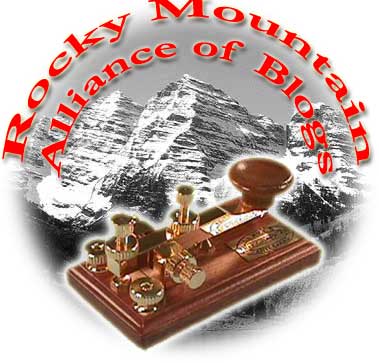Simi Peters of Nishmat has published a fine, fine introduction to reading Midrash. Read the review (below, or here), then, if you're at all interested in rabbinic Biblical interpretation, read the book.
The Biblical text is sparse. Read literally, straight through, you'd get the impression that P.G. Wodehouse wouldn't do well among the nomads. Even the strictly narrative portions leave out most of the story, and leave room for all sorts of questions. The Rabbis thought so, too. Enter the Midrash. The Midrash - stories recorded in the Talmud and in collections - are the rabbinic attempt to fill in the gaps.
Some of these stories are exceedingly well-known; better-known, in fact, than parts of Tanach itself. Nechama Leibowitz tells of asking a class to turn to the part of Bereishit where Abraham smashes the idols. The class flips back and forth in frustration, unable to find the text. It's a midrash, of course.
Remember that Star Trek:TNG where the crew encounters a culture that communicated entirely in metaphor? That's kind of how Midrash works, rendering proper reading of them no simple task. They're not only metaphorical, they're poetic and literary, often treating the Biblical figures as literary as much as historical. They draw on diverse source texts, the original context of which is often key to getting it right.
Inasmuch as the Midrashic interpretation is the dispositive one for traditional Judaism, understanding these texts is fundamental to understanding all successive rabbinic Biblical exposition. Simi Peters, of Nishmat in Jerusalem, has stepped into the breach with Learning to Read Midrash. She provides a solid methodology to follow, but not a recipe. She takes you step-by-step, laying out the interpretive process.
Beginning with simple mashal/nimshal forms - basically extended metaphors - Peters builds up to complex, extended midrashim, composed by many authors, often using different styles and format. What if part of the mashal (the comparison) are missing or unclear? For multi-part midrashim which offer competing interpretations, what does the ordering tell us?
From there, Peters ventures into narrative expansion. These are the trickiest, their connection with the text can be the most difficult to tease out. They also contain the most fantastic stories in rabbinic literature. The proper treatment of these stories has been the source of great controversy, but I find myself siding with the relentlessly logical approach of Maimonides.
In short, the questions is: how literally did the rabbis intend these stories to be taken? Maimonides comes to what I believe is the only reasonable conclusion: the rabbis knew as well as you or I that we shouldn't take the stories literally. Taking them as historically accurate turns you into a fool. Assuming that the rabbis thought they happened turns them into fools. It's simply most reasonable to assume that the rabbis included them in order to bring to life philosophical truths.
Peters approaches the text with true humility. She assumes that not only the Rabbis, but also her prior teachers, know something important, and aren't just making it up as they go along. Even when she disagrees with an approach, she gives it its due, and early on, provides a number of scholarly and rabbinic references of interest.
She uses fairly well-known subject texts, which serves two purposes. First, it's a text that you probably already know something about and feel comfortable with it, so examining it is less intimidating. As a result, the contrast between the before-and-after magnifies the effect of the midrashic interpretation.
Including the original Hebrew midrashim in the back is a nice touch. A nicer touch would be inter-linear translations, especially since translations are used in the chapters. And nicer still would be to include the source texts used in the midrashim and their contexts. It would add to the size of the book, but would keep you from need three or four separate books open at once.
Unlike many such attempts, Peters almost never left me scratching my head, wondering where that idea came from. The interpretation may not have been obvious going in, but afterwards, never appeared invented. Sometimes the clues aren't all there up front, , but I never felt cheated. That's what a teacher is for, after all. Writing with this sort of clarity, training minds rather than merely informing them, is a stunning achievement. I felt as though this was the book on midrash I had been waiting for, and it left me eager to start applying it myself.
































